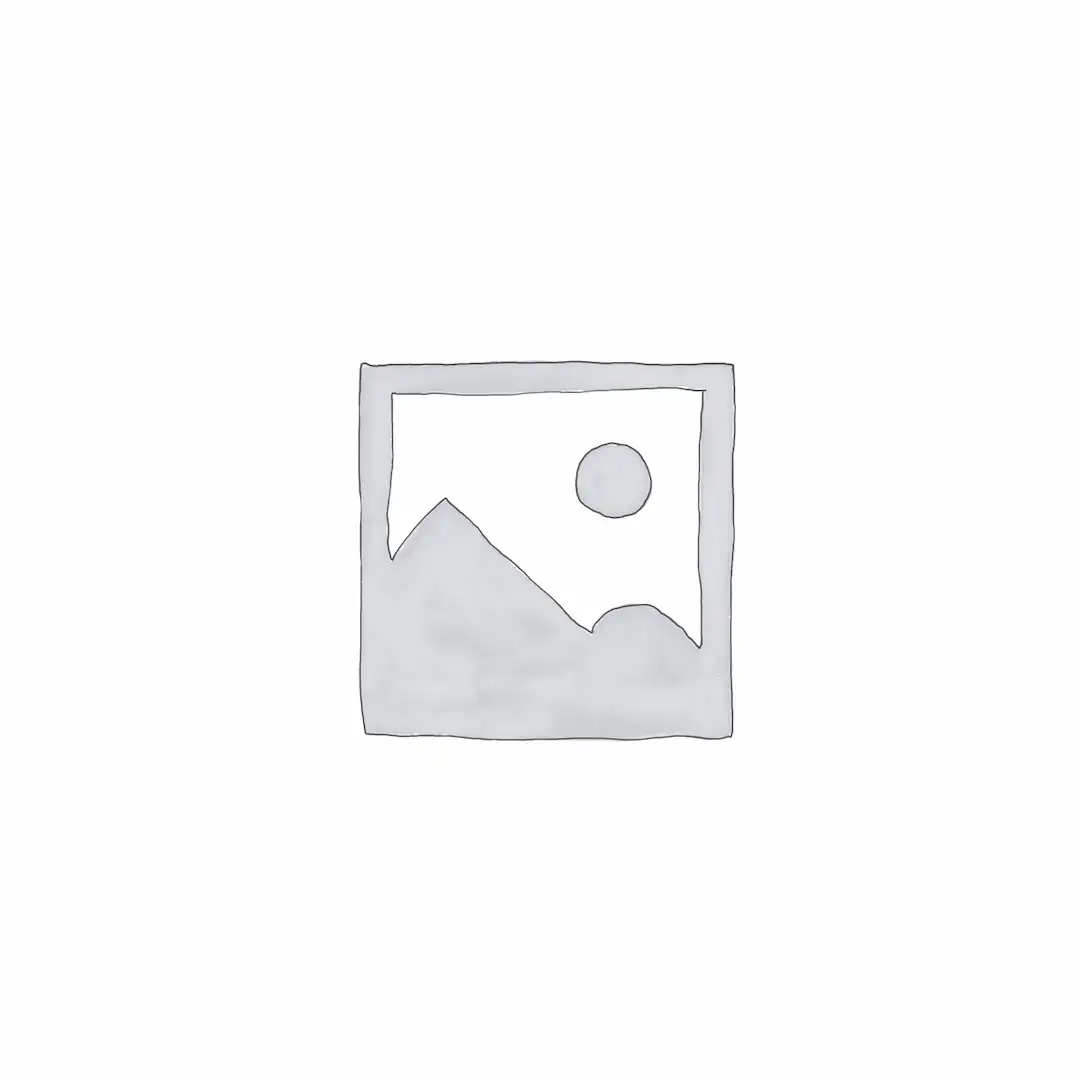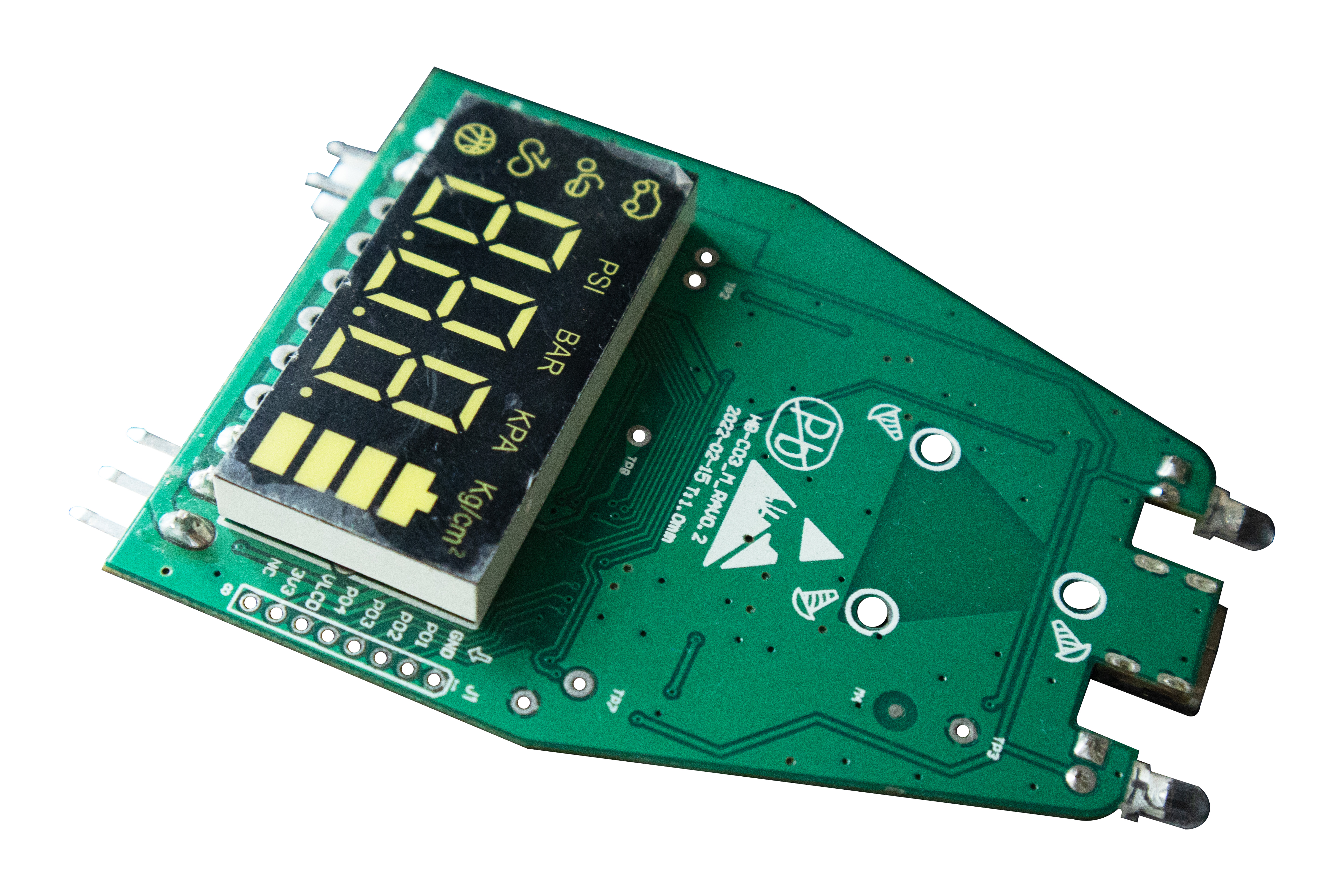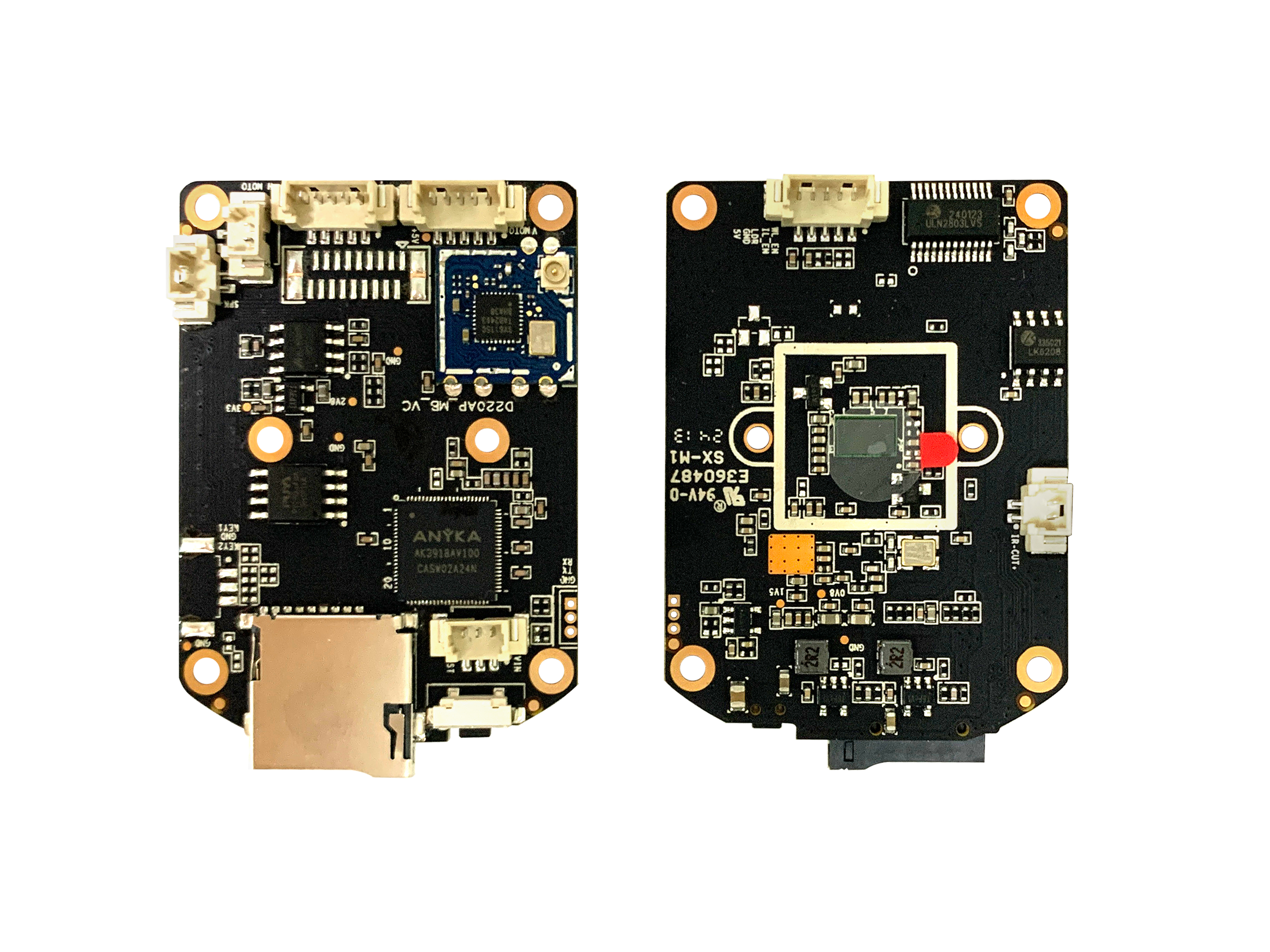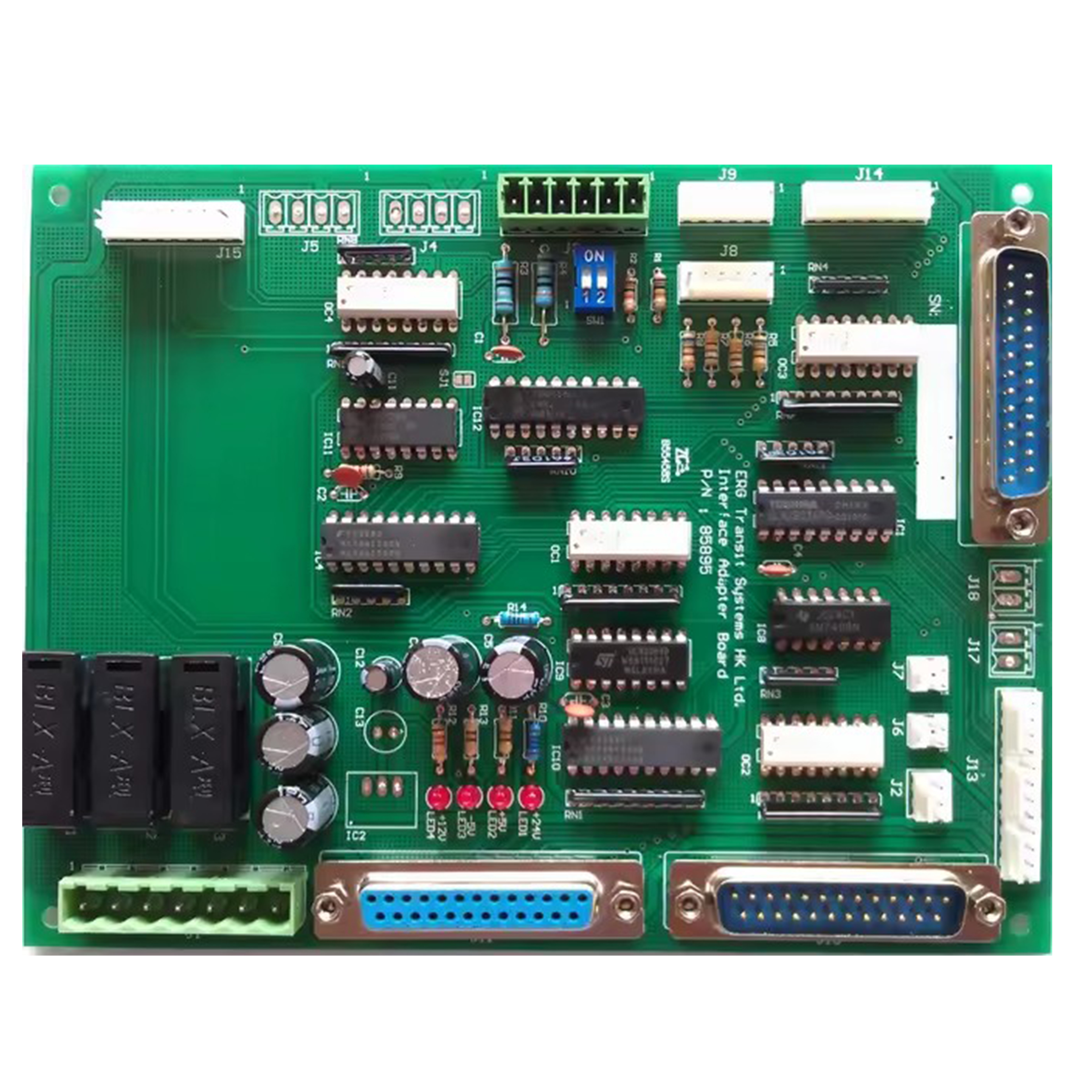In the rapidly evolving world of electronics, **PCBA manufacturing** plays a pivotal role in bringing innovative ideas to life. As the core process behind creating Printed Circuit Board Assemblies, this field has seen substantial advancements that cater to an array of industries, including IoT and smart technology. The latest in PCBA manufacturing not only highlights cutting-edge technologies but also emphasizes user-friendly designs that meet the specific needs of various applications.
One of the significant advancements in this arena is the integration of robust processors like the Anyka AK3918 in development boards. This high-performance multimedia processor is renowned for its efficiency in handling video and audio data, making it an essential component in devices such as smart security cameras, IoT gadgets, and other multimedia systems. The power of this processor ensures seamless and reliable operation, setting a new benchmark in the realm of PCBA manufacturing.
To cater to the growing demand for adaptable and customizable solutions, PCB assembly services now offer development boards with a wider range of connectivity options. These include USB and other interface connections, thoughtfully positioned to enable hassle-free integration with a variety of sensors and modules. Such flexibility is crucial for developers and engineers aiming to create bespoke solutions tailored to specific industry requirements. A notable feature in these assemblies is the SD card slot, providing much-needed extra memory for applications involving extensive data storage like video recording and data logging. This underscores the commitment of PCBA manufacturing to deliver real-world applicable solutions.
Efficiency in design is another hallmark of modern PCBA manufacturing. Each circuit board is meticulously crafted not only to ensure functionality but also to promote optimal heat dissipation and power management. This attention to detail guarantees the longevity and reliability of the electronics, which are core demands of professionals relying on durable and high-performance components in their projects.
As innovation continues to drive the electronics industry, the role of PCBA manufacturing becomes even more critical. Whether the focus is on pioneering new security technology or enhancing domestic automation, the backbone provided by contemporary PCBA solutions is indispensable. With advanced high-speed processing capabilities paired with expansive connectivity options, these solutions truly exemplify modern engineering excellence.
For businesses and developers alike, embracing these advancements in Printed Circuit Board Assembly and PCB assembly services means staying ahead of the curve in a competitive market. The pursuit of technological excellence in PCBA manufacturing not only boosts product performance but also opens doors to endless possibilities in electronic design and application.

People who viewed this also viewed
1.Introduction to PCBA Manufacturing 2.Overview of Printed Circuit Board Assembly 3.Role of PCBA Services in Electronics Market 4.Advancements Shaping PCBA Manufacturing 5.Innovations in Products Utilizing PCBA 6.Future Outlook of PCBA in Electronic Industry 7.Conclusion on PCBA's Technological Impact
1.Introduction to PCBA Assembly 2.Core Features of the Microprocessor Development Board 3.Front Facing Components and Their Functions 4.Reverse Side Capabilities 5.Advanced Technical Specifications 6.User Accessibility and Installation Guides 7.Future of Printed Circuit Board Assembly 8.Conclusion: PCBA Assembly Excellence in Tech
1. Introduction to PCBA Manufacturing 2. Advancements in Technology and Design 3. The Role of Anyka AK3918 Processor 4. Connectivity and Customization Options 5. Importance of the SD Card Slot 6. Efficiency in Design for Reliability 7. Conclusion: Embracing PCBA for Innovation
1.Introduction to PCBA Manufacturing 2.Importance of Precision in Electronics 3.Stepper Motor Driver Board Overview 4.Role of Printed Circuit Board Assembly 5.Connectivity Features 6.Visual Feedback with LED Indicators 7.Power Regulation and Signal Filtering 8.Thermal Efficiency and Design 9.Applications in CNC and Automation 10.Conclusion: Future of Industrial Automation











